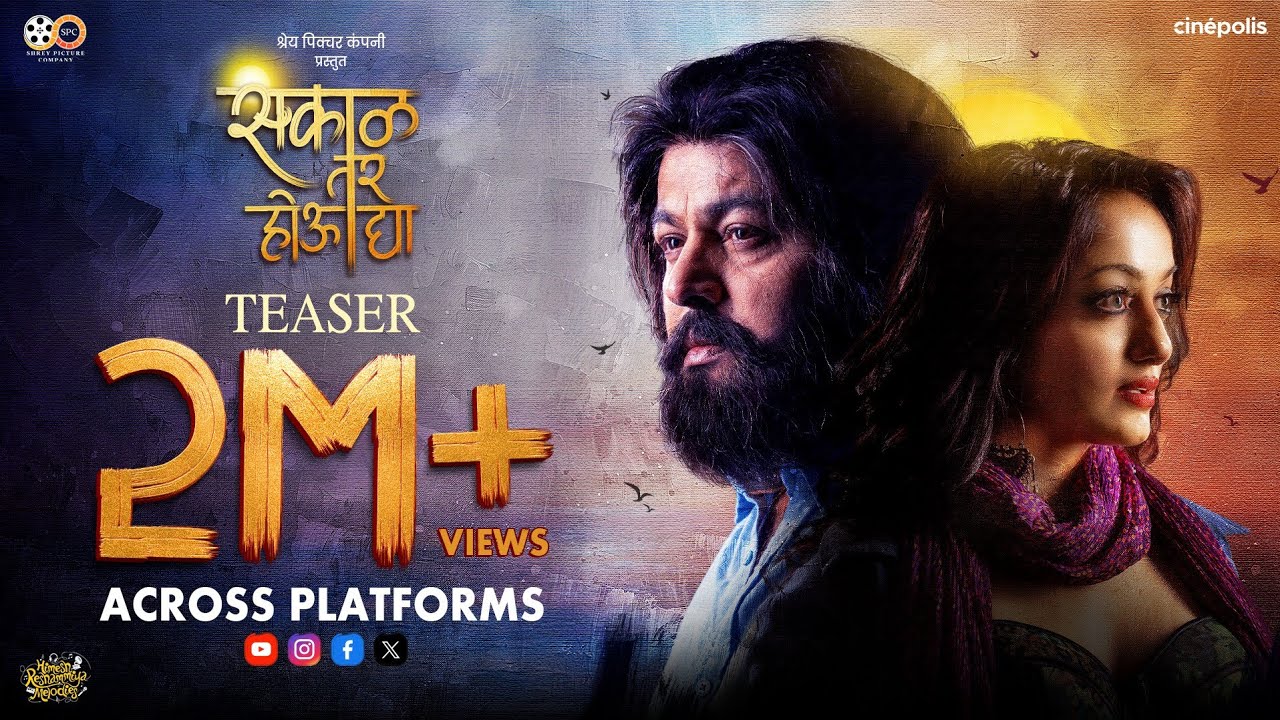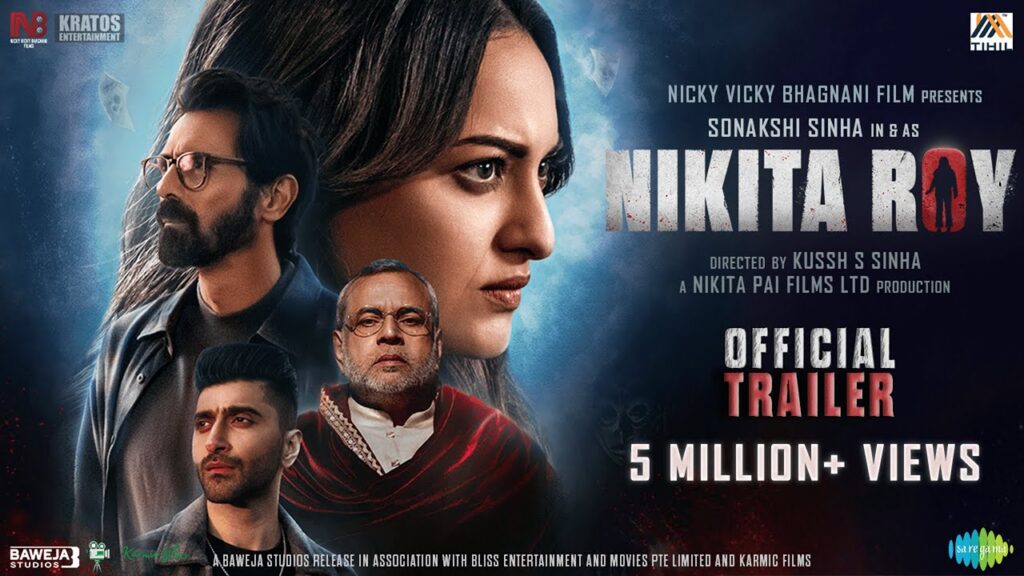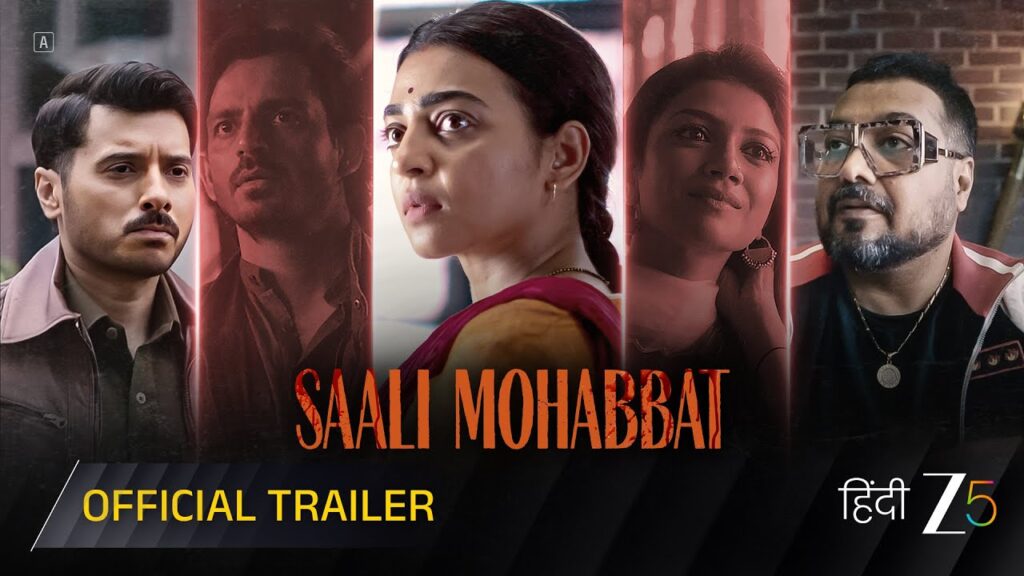Sakaal Tar Hou Dya Movie 2025 Bapamtv Review Details
Sakaal Tar Hou Dya (2025) Movie Review – Cinematic Brilliance and Visual Storytelling
Sakaal Tar Hou Dya, released on October 10, 2025, stands out as a Marathi suspense drama with an intense, character-driven narrative. Director Alok Jain uses minimalism to emphasize the emotional gravity between the two main characters.
Subodh Bhave delivers a remarkable performance as Abhay Purandare, portraying a man battling despair. His expressions and subtle movements convey layers of emotion, making the character deeply relatable.
Manasi Naik shines as Niyati, a pivotal presence who intervenes in Abhay’s life. Her nuanced acting and commanding screen presence elevate the suspense and drama of the film.
Cinematography and Visual Style
Sunil Patel’s cinematography is a highlight, using tight frames and muted color palettes to enhance the moody atmosphere. The locations are carefully chosen to reflect Abhay’s emotional state.
The visual storytelling is strengthened by the clever use of shadows and light, creating tension in key moments. Each shot contributes purposefully to the narrative, enhancing the film’s suspenseful tone.
Visual effects are subtle but effective. The film doesn’t rely on flashy CGI, but rather enhances tension through practical lighting and composition. This approach keeps the focus on the characters’ interactions.
Screenplay and Technical Execution
The screenplay, penned by Alok Jain, Ankush Marode, and Omkar Achyut Barve, is dialogue-driven. Each line serves to build character depth and advance the story.
Editing by Unnikrishnan P.P maintains pacing, though the second half shows minor drag. Strategic cuts keep the audience engaged, emphasizing suspense without overwhelming the narrative.
The film’s technical aspects, including sound design and background score by Rohit Raut and Umang Doshi, complement the visuals. The music subtly underscores tension but avoids distracting from the performances.
Comparison with Industry Standards
Compared to other Marathi suspense dramas, Sakaal Tar Hou Dya excels in visual minimalism. While recent films often rely on elaborate set pieces, this film’s power lies in its simplicity and focus on performance.
The cinematography aligns with global indie standards, using framing and lighting creatively. It has the potential to be recognized in technical award categories for Best Cinematography.
| Aspect | Details |
|---|---|
| Director | Alok Jain |
| Lead Cast | Subodh Bhave, Manasi Naik |
| Cinematography | Sunil Patel |
| Editor | Unnikrishnan P.P |
| Music Directors | Rohit Raut, Umang Doshi |
| Release Date | October 10, 2025 |
| Genre | Suspense Drama |
Box Office and Reception
The movie received mixed to positive reviews. Critics praised the visual storytelling and strong performances, though some noted pacing issues. Audience response highlighted appreciation for the film’s cinematographic choices.
Box office performance was moderate, reflecting the niche appeal of minimalistic suspense dramas. Nonetheless, it carved a space for itself among recent Marathi films through technical finesse.
Final Verdict and Star Rating
Overall, Sakaal Tar Hou Dya impresses with its cinematography, performance, and tension-building techniques. While the screenplay pace falters slightly in the second half, the visual execution keeps viewers invested.
Star Rating: 3.5 / 5
Disclaimer: Star rating may vary based on individual audience experience.
FAQs
Question 1
Who are the lead actors in Sakaal Tar Hou Dya?
Answer 1
Subodh Bhave and Manasi Naik play the main characters, Abhay Purandare and Niyati.
Question 2
How is the cinematography in the film?
Answer 2
Sunil Patel’s cinematography uses lighting, framing, and color palettes to create a suspenseful, moody atmosphere that enhances storytelling.
Question 3
Does the movie use visual effects extensively?
Answer 3
No, the film relies on practical visual techniques rather than CGI, emphasizing character-driven suspense.
Question 4
Who composed the music for Sakaal Tar Hou Dya?
Answer 4
Rohit Raut composed the music, with contributions from Umang Doshi, supporting the film’s emotional and tense moments.
Question 5
How did the audience react to the film?
Answer 5
The audience appreciated the performances and visual storytelling, though some found the pacing slower in the second half.










